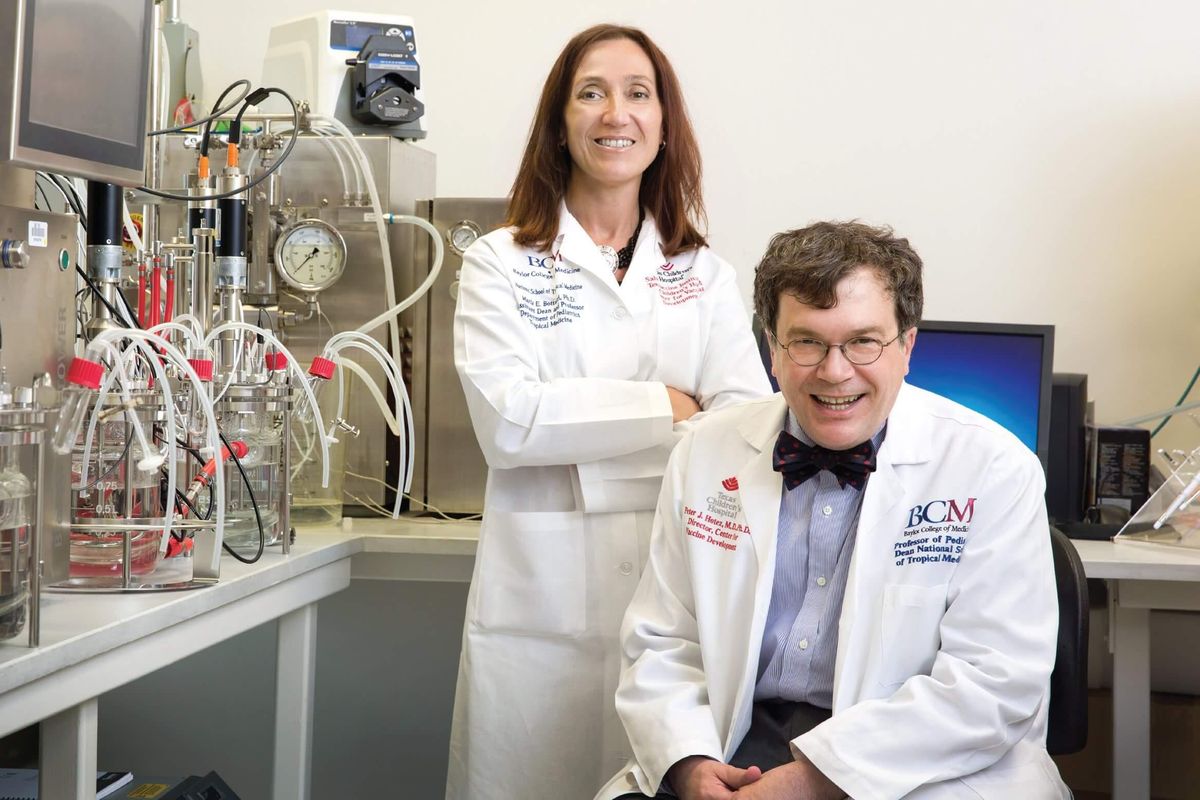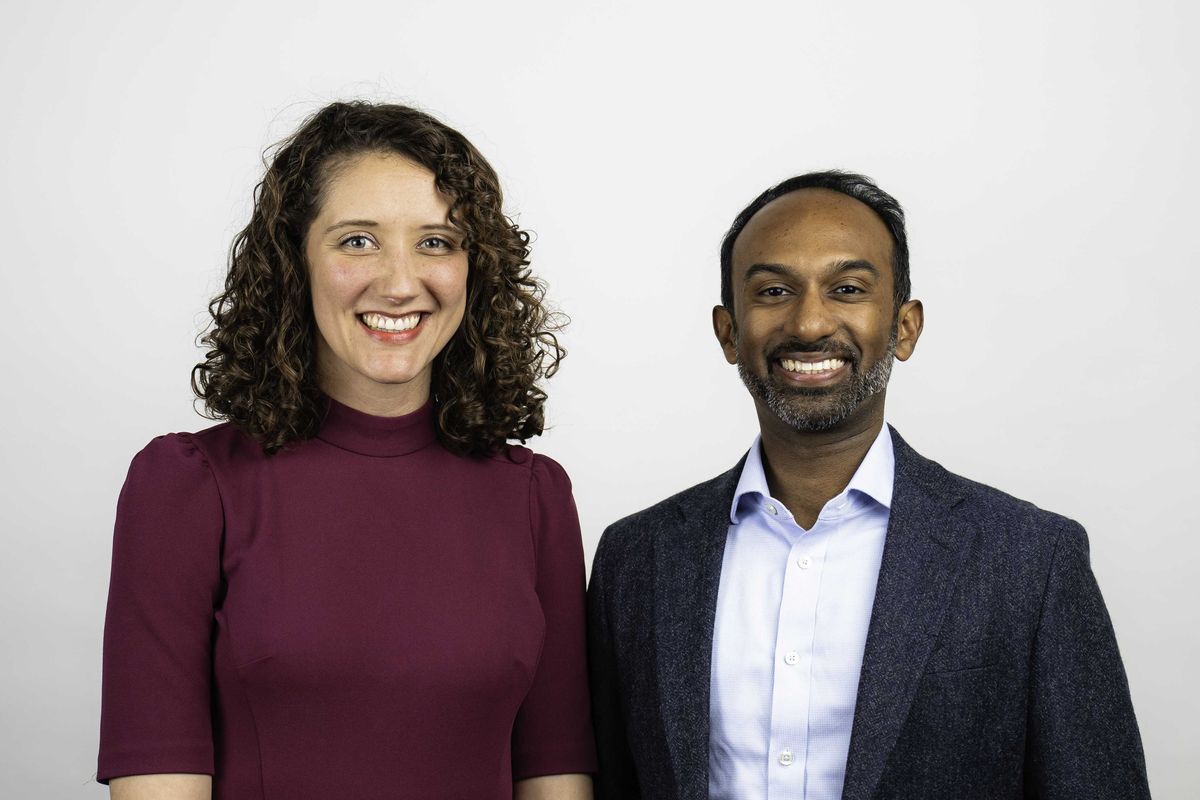Houston company forms strategic alliance to enhance tech-enabled school security
in-class safety
Students are back to school, and parents are back to worrying about their children's safety. Two companies have teamed up to enhance on-campus safety technology.
Houston-based Raptor Technologies, a school safety software provider, and Baltimore-based Alertus Technologies, provider of emergency mass notification solutions, announced earlier this month they will team up with their respective technologies to integrate enhance safety and security offerings in K-12 schools and districts.
The partnership, according to a news release, takes Alertus’ notification solutions and combines it with Raptor’s emergency management and reunification tools. Alertus’ tech includes Alertus Desktop, IP Text-to-Speech Interface for PA systems, and a range of hardwired and pocket-sized activation devices. With the integration, K-12 schools utilizing Raptor Technologies can automatically send emergency notifications to all alerting modalities unified by the Alertus Mass Notification System on Raptor Connect.
“School districts across the country are recognizing the value of being able to quickly initiate an alert and notify staff and teachers in the event of a school emergency,” says Chris Noell, chief product officer of Raptor Technologies, in the release. “By integrating with Alertus, we’re expanding the ways users can rapidly access Raptor Alert to trigger an alert and increasing the ways a campus can be notified of an emergency.”
Several states, including Texas, Florida, New Jersey and New York, have emphasized funding or mandates to make mobile panic alerts available to schools.
“Every second counts in an emergency and our top priority is ensuring that schools have every possible way to get urgent, life-saving information to their students, teachers and staff – both during and after a critical event,” says Patrick Dennin, director of education at Alertus, in the release. “Our integration with Raptor enables schools to alert, respond, and recover more effectively by reducing response times, reinforcing stakeholder responsibilities and mitigating risk to their communities.”
Over 7,500 schools nationwide are on Raptor's alert platform. Founded in 2002 and with over 100 employees at the company, Raptor Technologies received private equity funding and made a strategic international acquisition last year, InnovationMap reported.




















